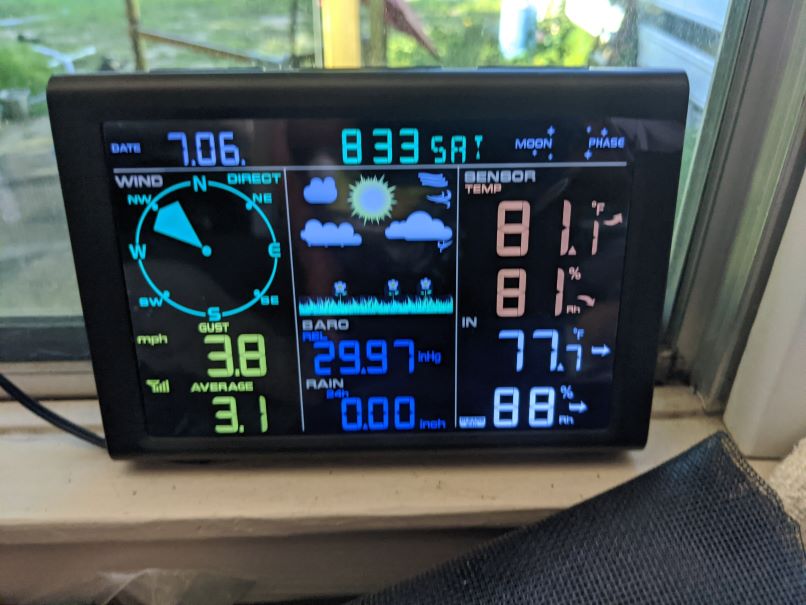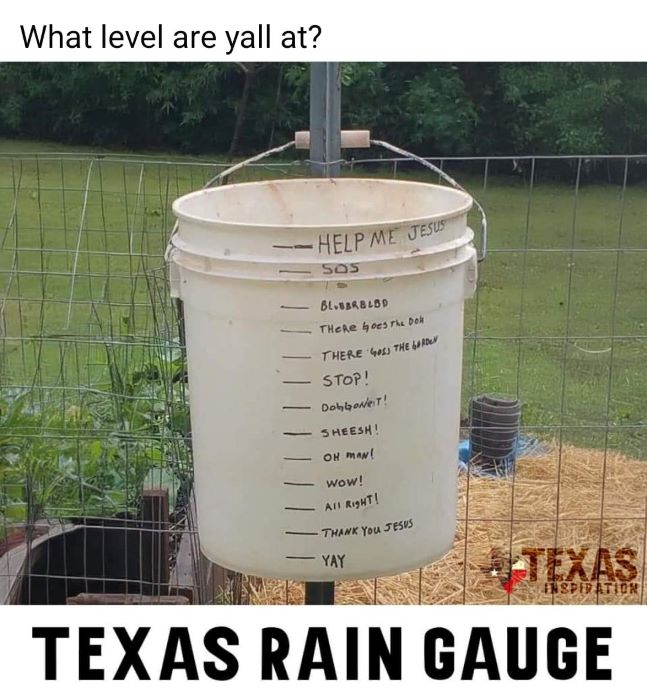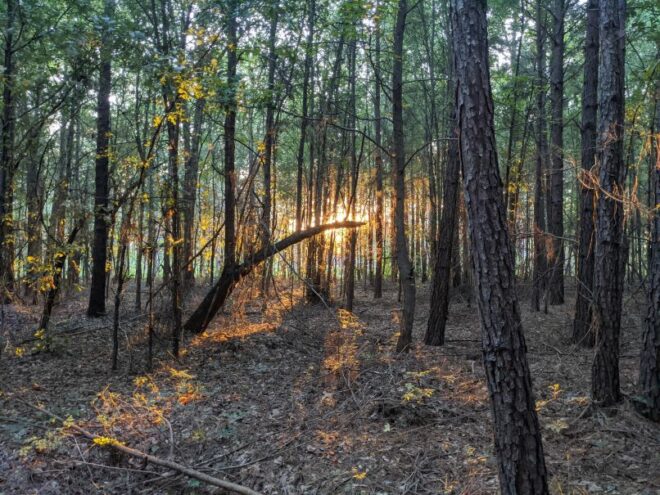I loved my little farm on the Oregon Coast. It was called Covenant Creek and it was beautiful, overlooking a lake, a few miles from the Pacific Ocean, with grassy hills, massive spruce trees, and an abundance of flora and fauna, including a magnificent resident herd of Roosevelt elk. Incredible creatures. (I kept a blog about life on that homestead, if you’re interested.) It was my happy place for many years with one glaring exception – the time, labor, and expense of maintaining it by myself meant I could never take a break. I think in 15 years I had maybe one long weekend just to relax and get away from it.
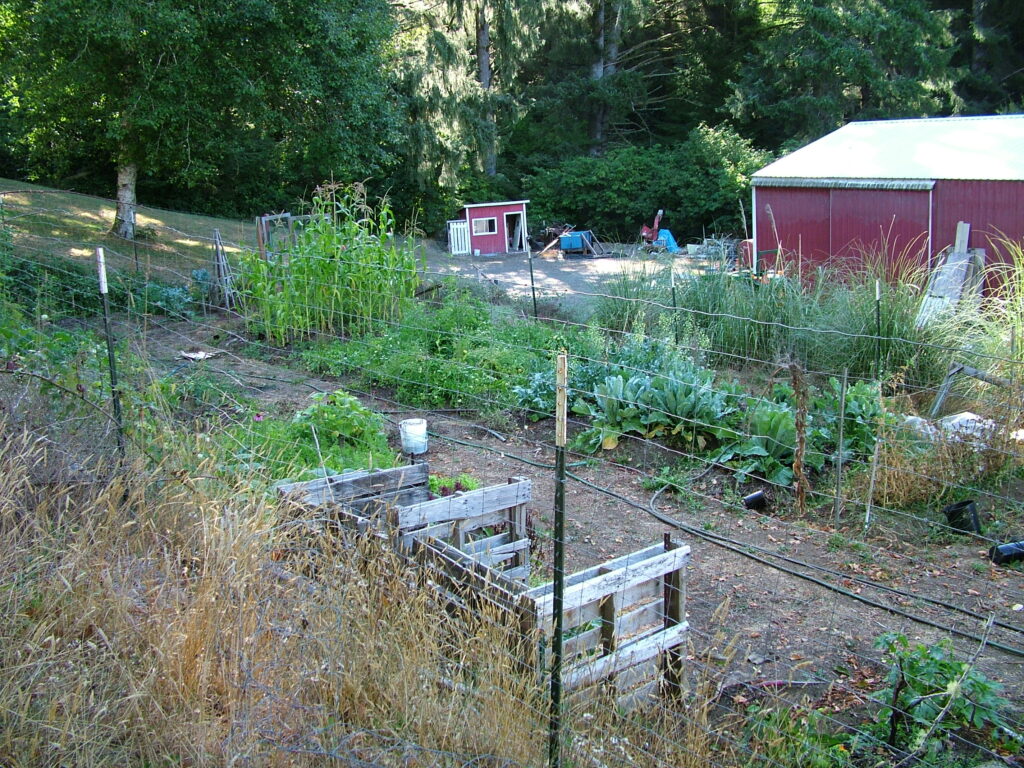
So, in designing our new homestead, one of the main features, ultimately, will be the ability to walk away from it for a while when we have the option to travel again, which is the flip side of this “weird-lifestyle” coin. So we’re designing passive, self-renewing systems that require minimal inputs as much as possible.
For example, we collect rainwater. Currently, we have one of two 2,750 gallon water tanks set up in a temporary location, with the permanent area being prepared for both tanks. It’s July in East Texas, it hadn’t rained for a while, and we were down about 900 gallons. Then we got Hurricane Beryl, which dumped over 7 inches in one day! And I thought Oregon had rain! That one storm would have given us about 2500 gallons of water, nearly filling that second tank! And those two tanks full gives us water independence to survive 18 months without a drop of rain, if necessary. That’s the best kind of freedom.
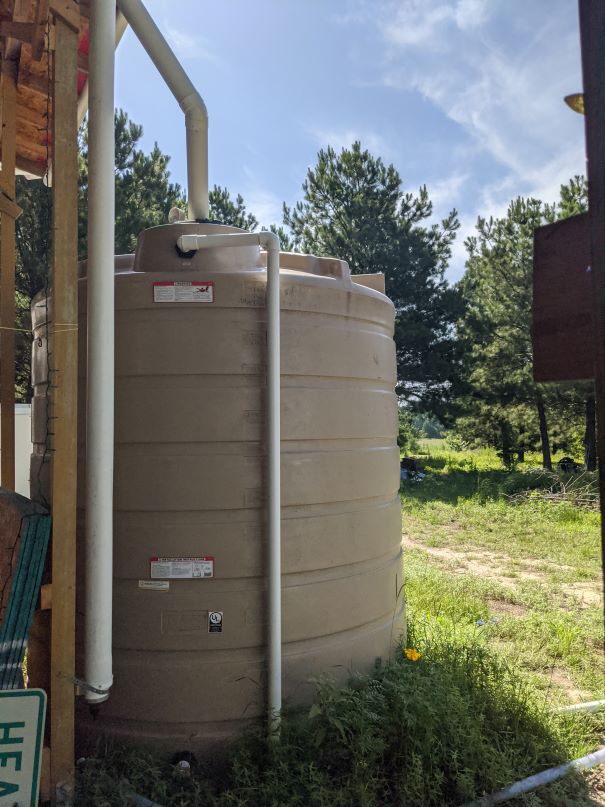
Our garden collects rainwater too. Berms and swales collect and hold surface water, woody debris and compost in the soil hold the moisture for a long time, and our heat stressed plants are happy and hydrated again. Granted, it’s just a small garden so far, but we’ll add to it for the fall-winter-spring growing seasons (Texas summers get pretty hot, so we’re preparing more than planting right now).
Next week we are adding chickens and meat rabbits to our homestead. It adds a different level of complexity when animals are involved in the equation, but even then, we are designing passive systems. Our breeding rabbits will have a passive watering system – a 2-3 gallon capacity watering system that refills from the roof of their hutch (or by me when necessary), feeders that hold several day’s worth of food, and a rabbit tractor for the growing baby bunnies that we can move around to fresh forage as needed. Chickens too will have a large tractor with passive watering and feeding, as well as lot’s of forage. We are already growing larvae for them (kinda started accidentally in our compost barrel, but what a serendipitous treat for the chooks!). We may not be able to leave them for months at a time, but we can certainly handle a week or two.
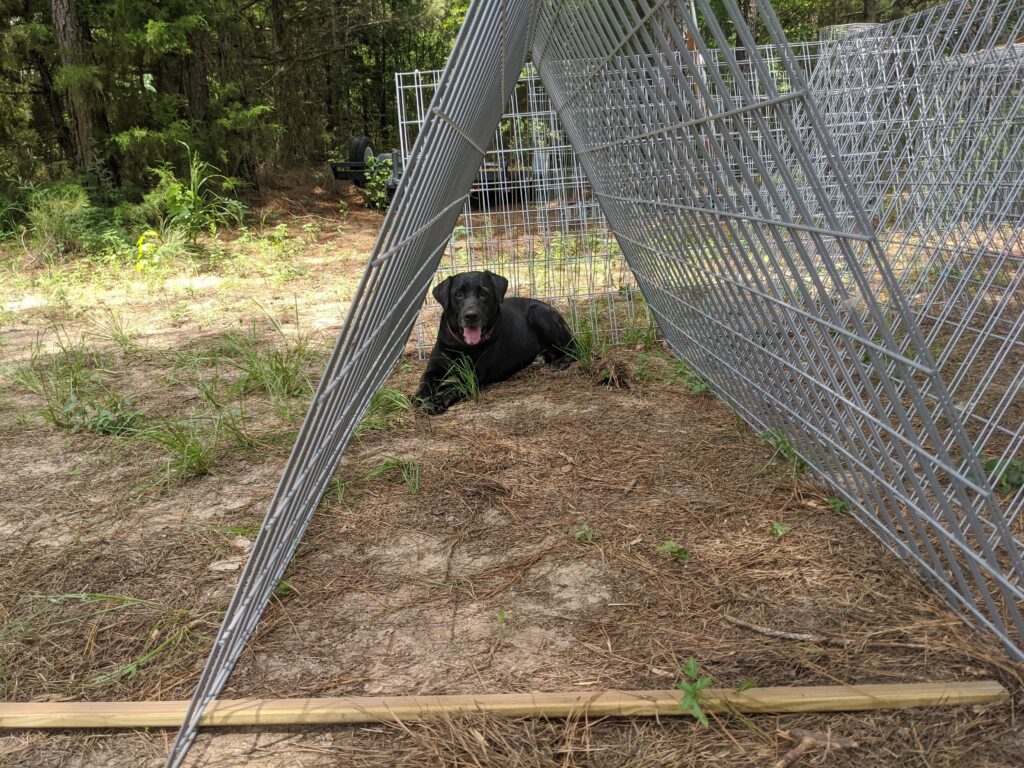
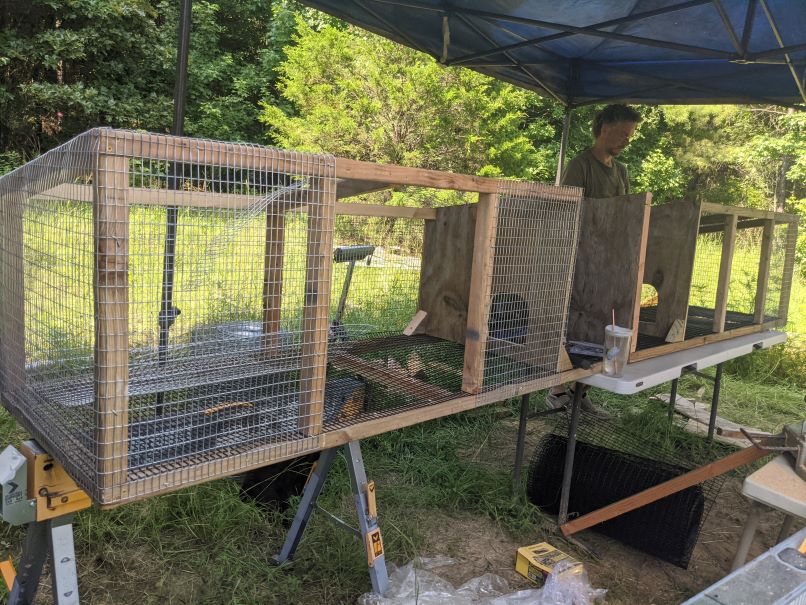
The other part is having partners and helpers nearby. Our closest neighbor is working on building a similar homestead life and we’ve talked several times about having an edible hedgerow fence between our properties, with grape and berry vines that we can share, likewise sharing the care and costs, and benefits, of a couple dairy goats, or them even adding a doe to our bunny ranch. Sharing the load, an option I didn’t have on my previous homestead, takes a lot of the pressure off and adds flexibility for when you can’t, or don’t want to, be tied full-time to the land.
Other projects related to independence and self-reliance include starting the firewood shed. Our tiny woodstove holds 6.5 inch logs (can you even call it a log at that length?), and we are hoping to use all wood to heat this next winter – a smart thing to do since we have an abundance of trees. Keeping it cured and dry is important, so Toby and I started the frame for the shed. It will be sided with skinny logs to keep the rain out and have a metal roof and palette floor.
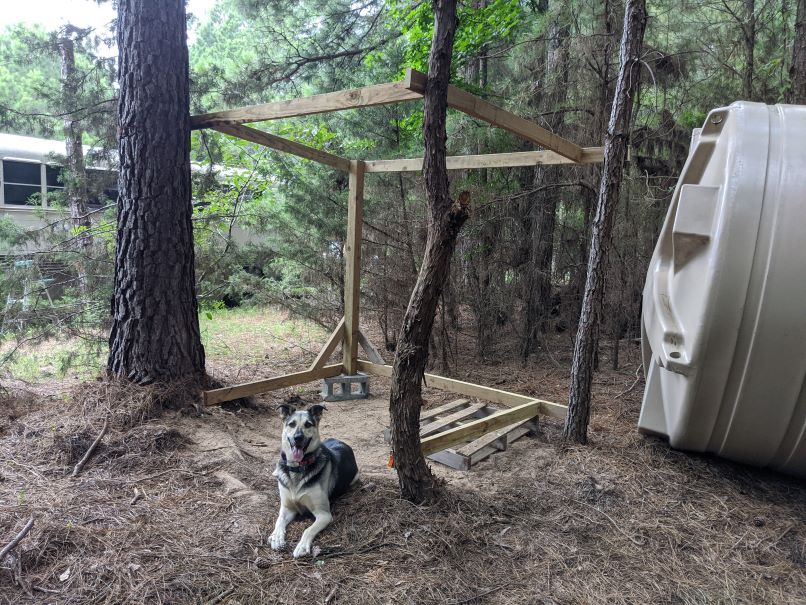
And we scored a weather station when we were out thrifting/yard sale-ing the other day, a nice excuse for exploring our new community. Calvin is very excited about it, especially with a hurricane coming in just days after he set it up, but I don’t know, I think the low-tech version is pretty accurate. Thoughts?
